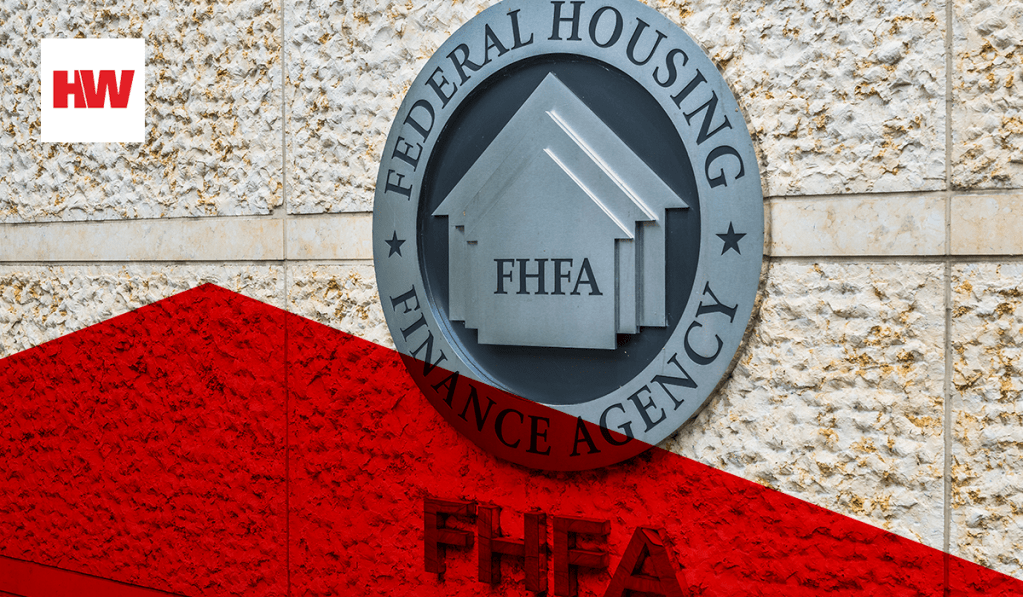The Federal Housing Finance Agency‘s (FHFA) inaugural mission report, released Monday, offers a glimpse into the fair lending performance of Fannie Mae and Freddie Mac, showing the agencies continue to back fewer loans to Black and Latino applicants, despite an uptick in applications submitted by those minorities.
The regulator, which supervises Fannie Mae and Freddie Mac’s fair lending activities, said Black and Latino borrowers respectively represented 6.3% and 14.2% of all mortgages the government-sponsored enterprises purchased in the fourth quarter of 2021. But the gap between mortgage acceptance rates for minority and white borrowers “remains persistent,” FHFA wrote.
In the fourth quarter of 2021, the acceptance rate for Black borrowers was 68%, nearly 20% below the acceptance rate for white borrowers. However, during the same period, the share of Black and Latino borrowers in the enterprises’ mortgage loan portfolio have slightly increased, with about 0.5 and 2 percentage points more Black and Latino applications, respectively.
Acceptance rates for refinances for all borrowers rose in 2019, cresting in 2020, and have since declined. The refinance acceptance rate for Black borrowers reached more than 85% by the second quarter of 2020. But successful refinance applications have since dwindled to 77.6% in the fourth quarter, far below that of white borrowers.
While refinance acceptance rates among borrowers rose and fell in unison over the past two years, and the share of refinance acquisitions for Black and Latino borrowers grew, acquisitions of refinances for Asian borrowers decreased sharply during the same period.
The share of refinances by Asian borrowers rose during 2020 to more than 12%, but in 2021 fell to less than 10%. The share of refinances for Black and Latino borrowers was 6.6% and 13.1%, respectively.
The new report also revealed geographic trends in Fannie Mae and Freddie Mac’s fair lending activities. Mortgage acquisitions for Black and Latino borrowers primarily were clustered in California and the south, with especially large concentrations around metro areas in Florida and Texas.
Among large metro areas, Florida’s Miami-Fort Lauderdale-Pompano had the largest share of acquisitions of mortgages for Black and Latino borrowers.
The number of loans purchased under Fannie Mae and Freddie Mac’s duty to serve obligations — requirements imposed by Congress to meet the needs of specific underserved communities — more than doubled from 2018 to 2021. The majority of duty to serve single-family loan acquisitions in 2021 were in rural markets, where Fannie Mae and Freddie Mac acquired more than 77,000 loans.
Meanwhile, purchases of manufactured home loans more than doubled to 35,543 in 2021 from 16,205 in 2018.
Fair lending oversight and duty to serve are just two of the mechanisms at FHFA’s disposal to ensure Fannie Mae and Freddie Mac meet their statutory obligation to support affordable housing throughout the nation, particularly in underserved communities.
The FHFA could also employ equitable housing finance plans to identify and address barriers to sustainable housing opportunities, and to find ways to advance equity in housing finance for the next three years.
So far, the FHFA has not used that particular tool. Last year the agency indicated the plans would be in place by January 2022, but they have not yet been released.






